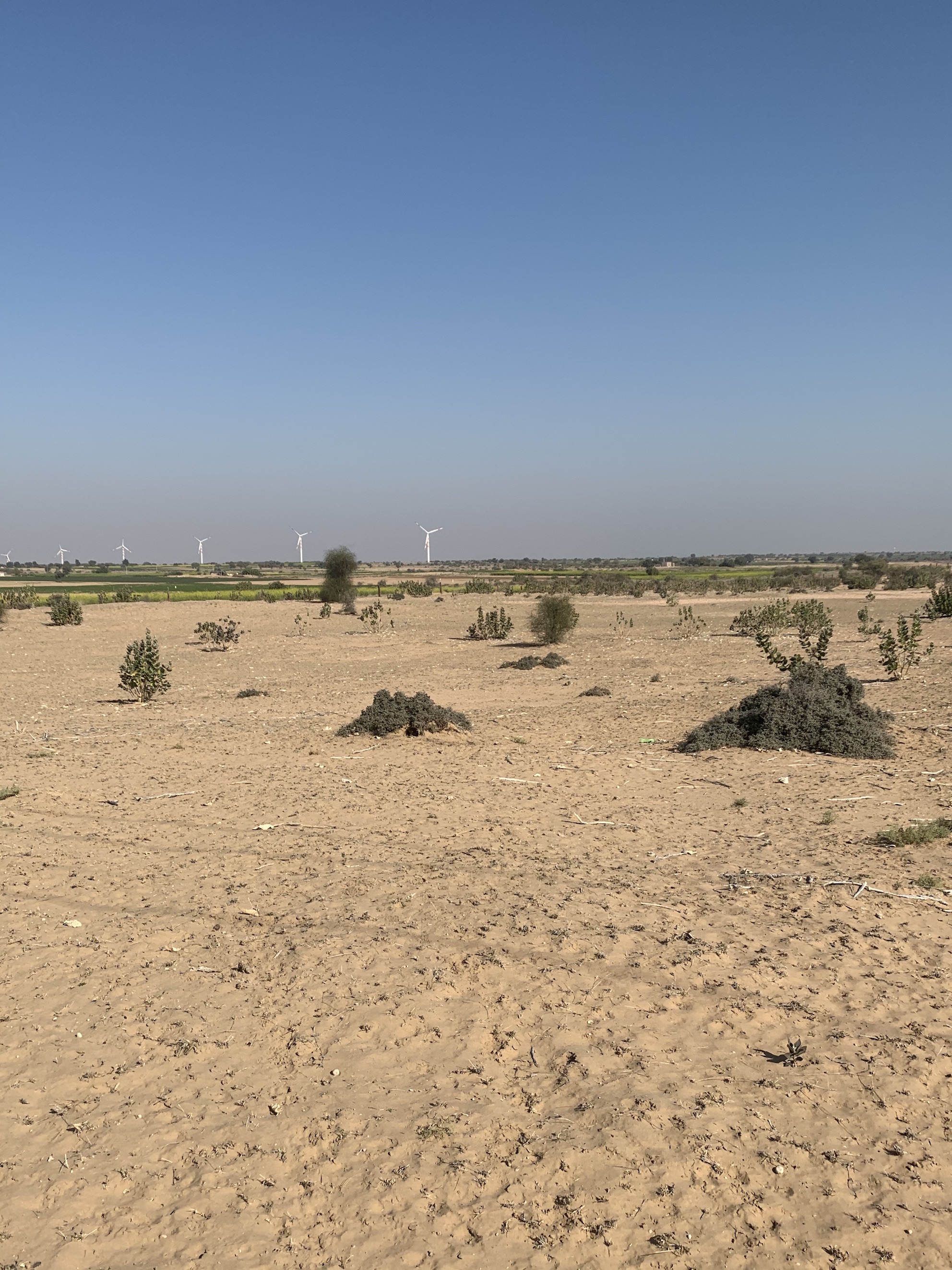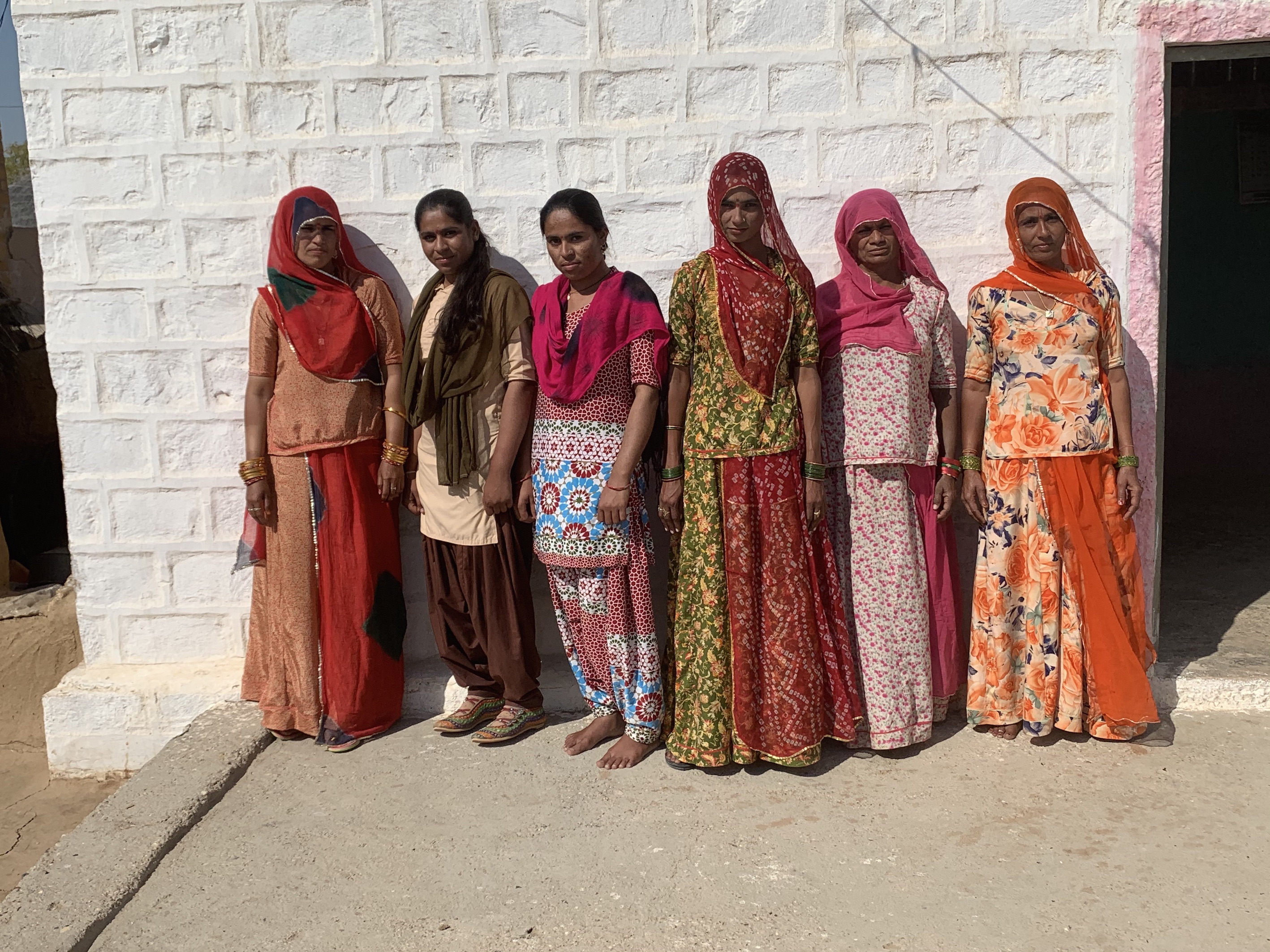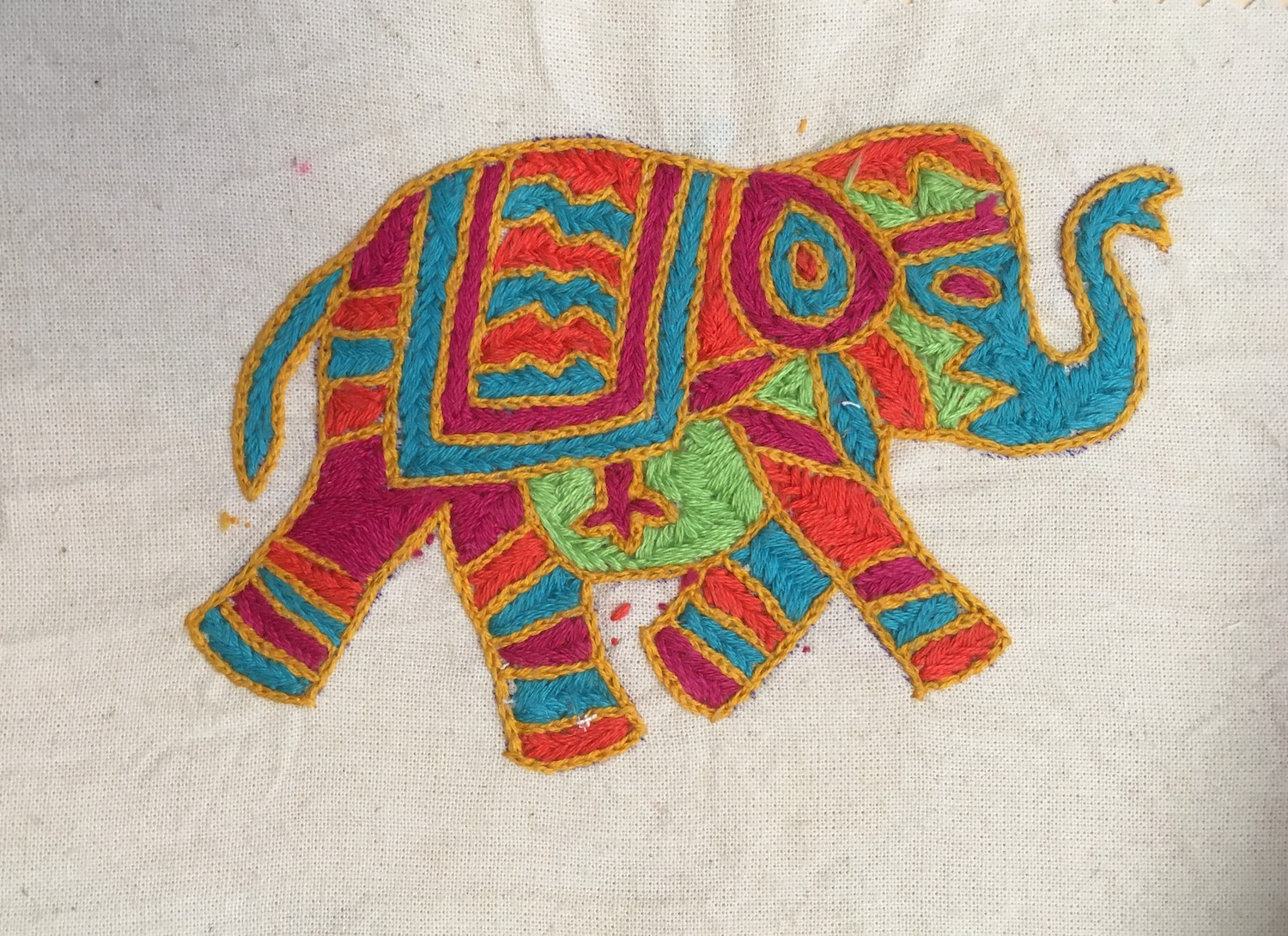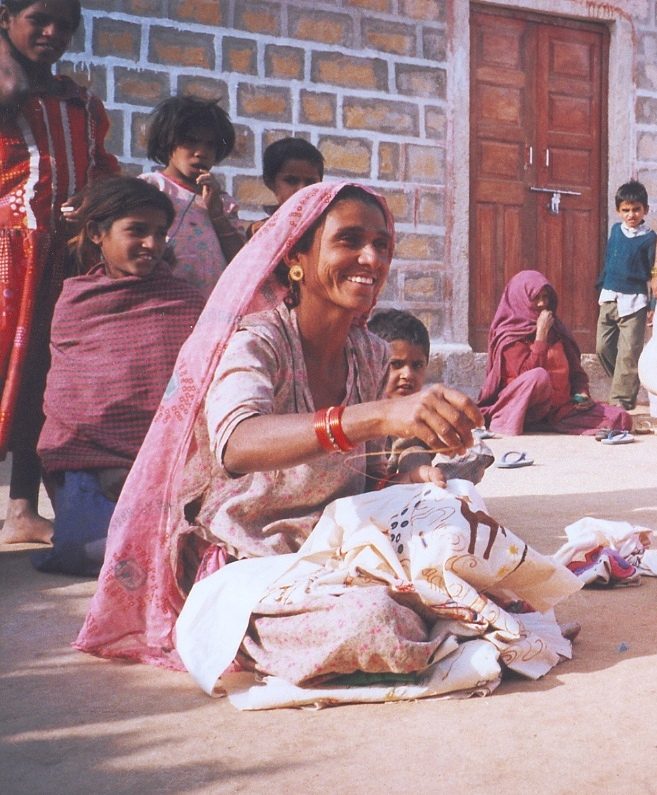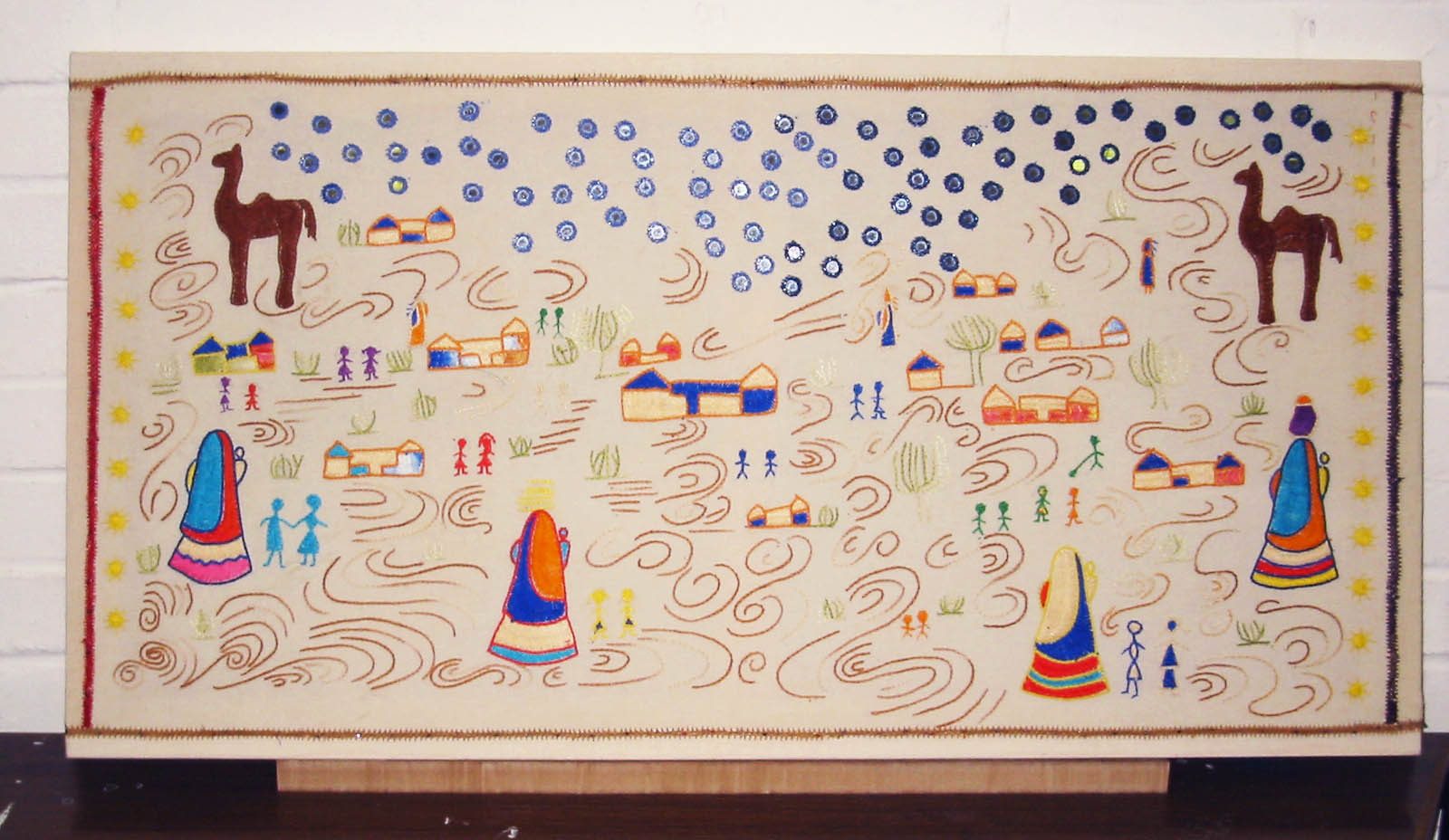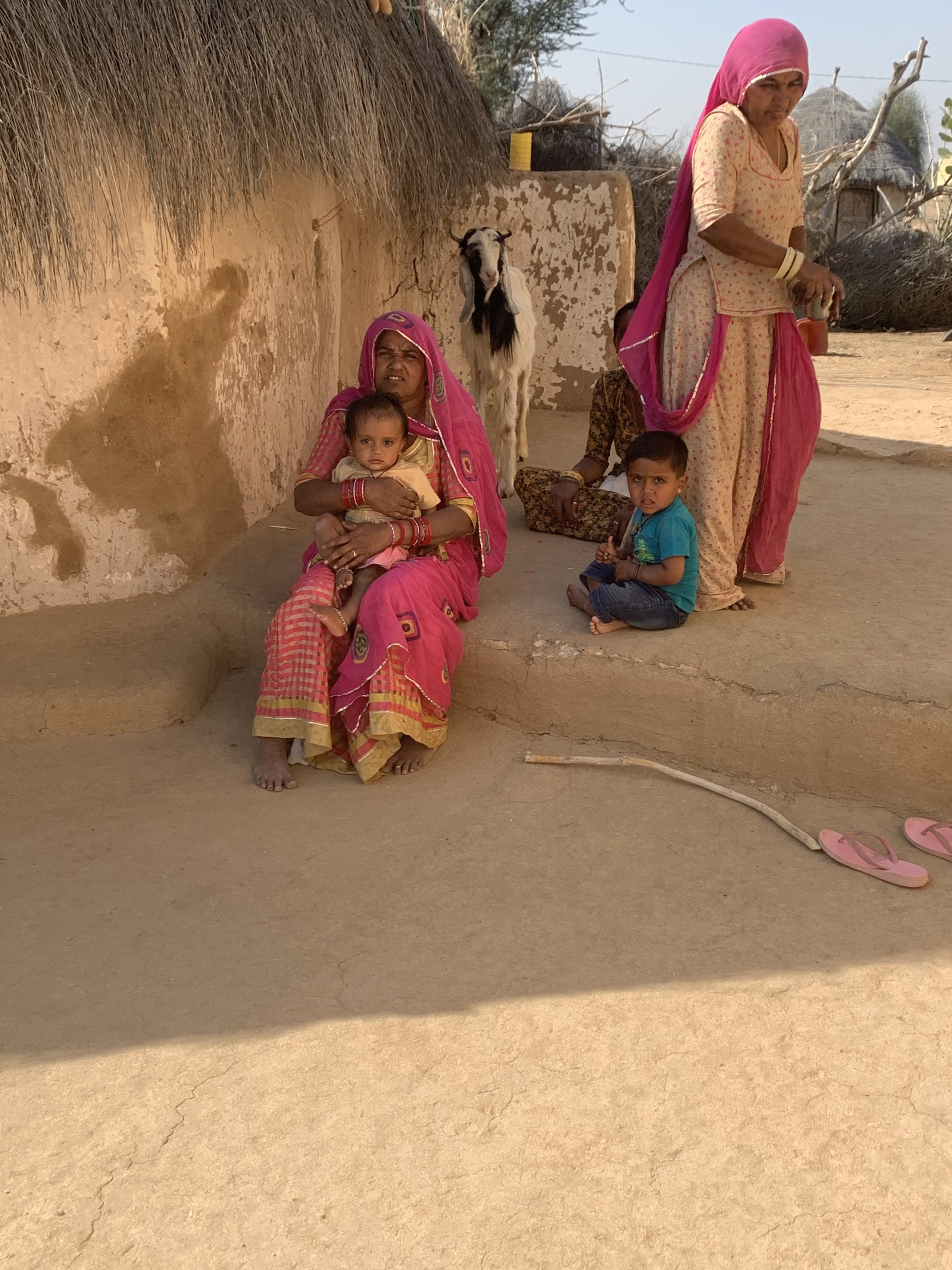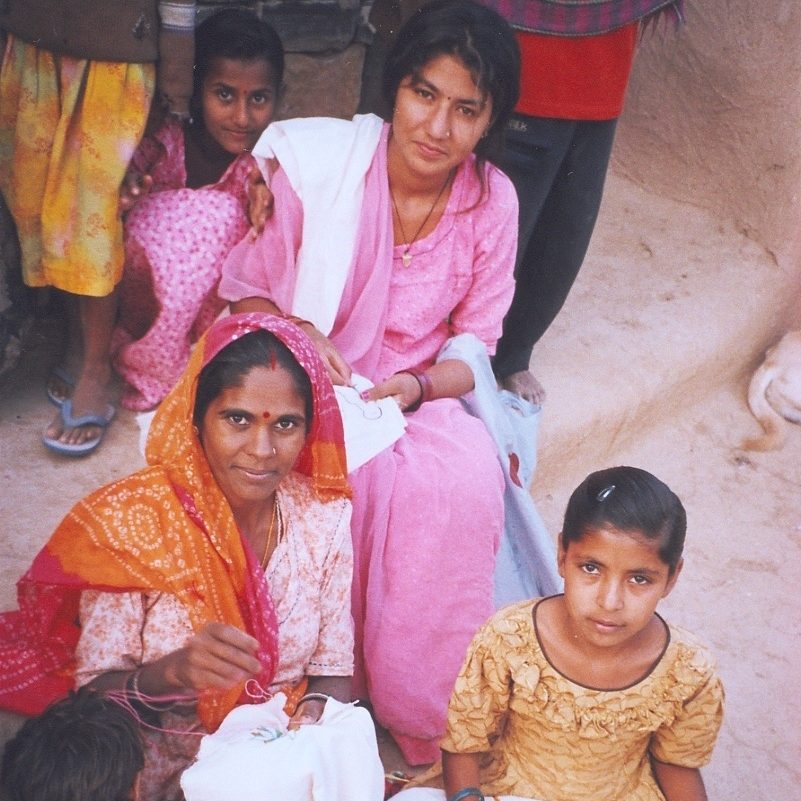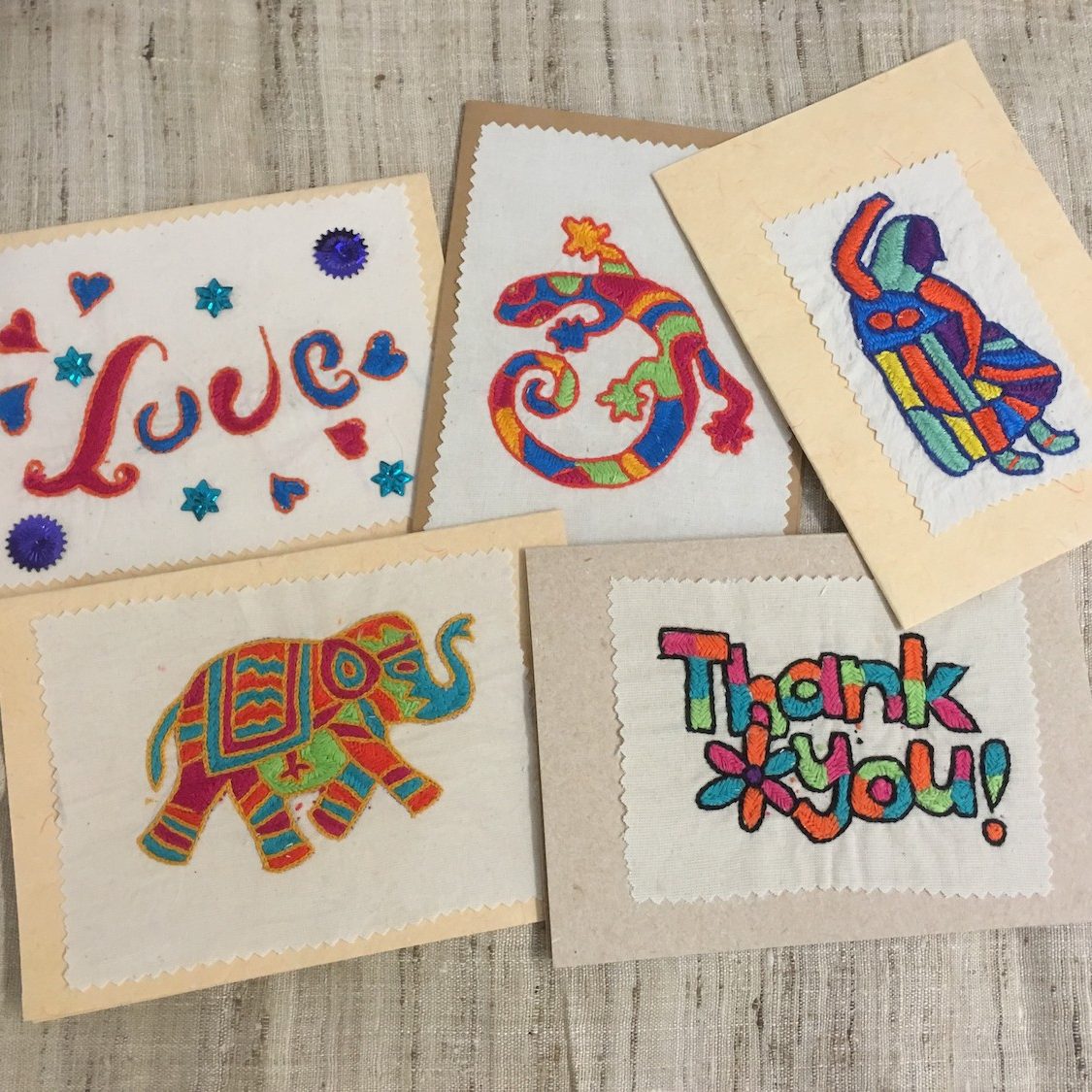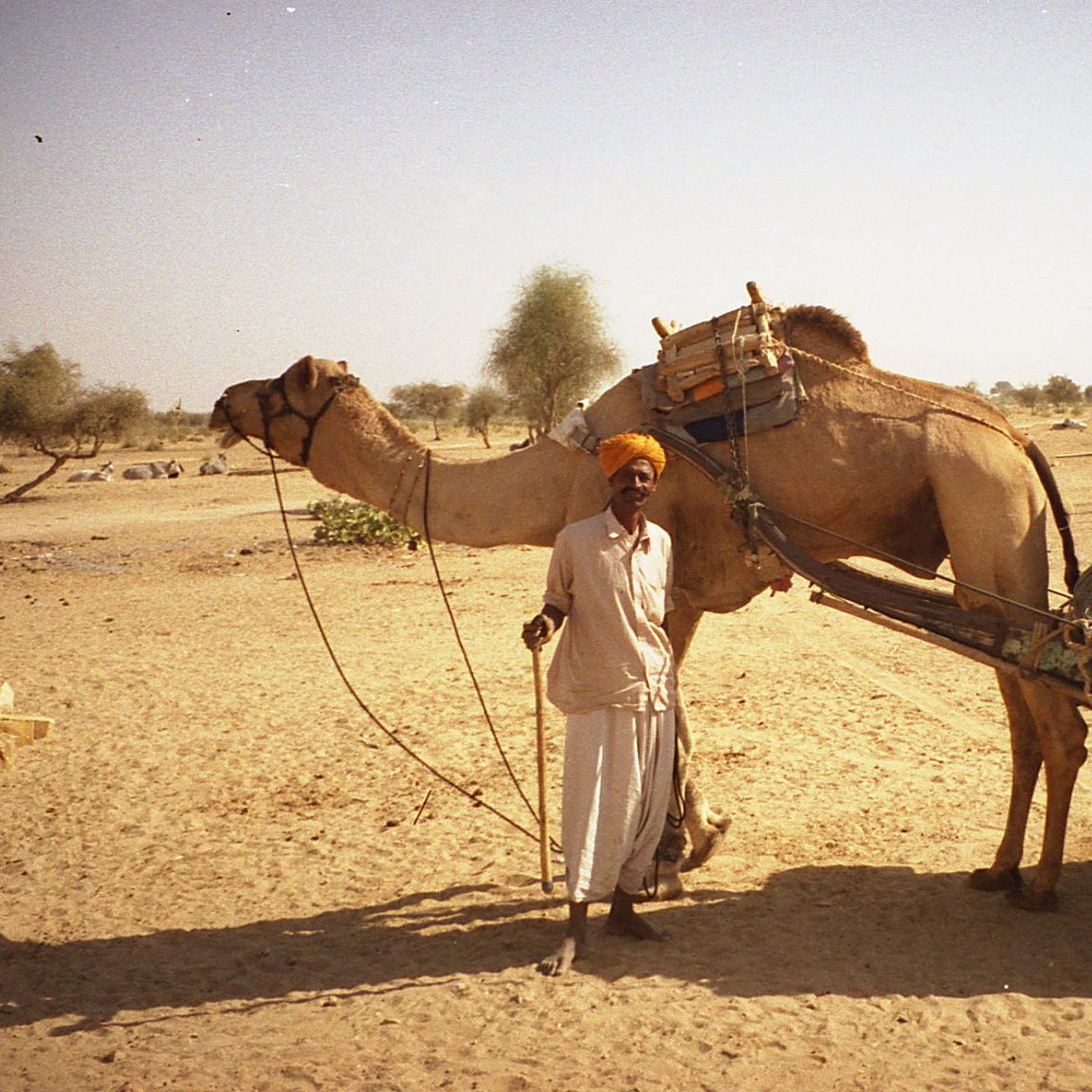Mulana ‘The Art of People’ 2001-2020
2001-2020
Drawing on my Indo-Caribbean roots, I have used my experience gained in working with the traditions and culture of my homeland Trinidad, as inspiration for my work. However in November 2000 was my first trip to India – a dream of mine. Originally I was scared and excited to travel to india, having the opportunity to travel with my friends Jan and Alex Grant from Salisbury. We met in my first three years of my arrival into the UK working on Salisbury Arts festival with Kinetica.
On landing in Karala I knew that this was it! I always knew I had creative talent, this was a gift from above. One day there would come a time for me to give back for the wonderful talent I have, and this was it. I extended my trip that year from two week to five weeks I fell in love with the country immediately. I felt at peace during the trip, after having the sense of wanting to do more with my life and help people. This venture got me more involved with the culture, art and spirituality of India.
On returning to the UK in 2001 as the designer for the Notting Hill carnival Mas Band, South Connection (based at the Oval House Theatre South London) my production for that year was GANGAJAL “holi water”. The design and concept for the work dealt with the spiritual beliefs surrounding the Ganges river – the costumes designs all white and translucent to reflect spirituality.
I decided I wanted to return to India to see more of this amazing place and work with some charities. I spent the rest of the year sending my cv to local Indian charities to work with them. With no luck – I took six months off to spend time travelling around India and personally visit some of the charities to see if they would get back to me.
On arrival to Delhi I decided to visit the headquarters of some of the Indian charities I had contacted, again no luck. I was led to an office where I was given brochures and was asked to donate to the charities, but if you know me I always want to do more! I wanted to get involved, to work with the people, so I left Delhi disappointed.
During part of this trip to India I visited the village my forefathers come from in India – I am five generations Indian, my family came from a village called Sidhownay village, Bikapur, Faizabad, which is nearest city to Lucknow and is the capital city of the Indian state of Uttar Pradesh. Whilst there, I visited an internet café (those were the days!) and realised I had an email I got an. It was from CRY, one of the charities I visited when I was in Delhi, offering me a placement to assist a local charity in Jaisalmer!
I Got on a bus as soon as could.
That led to the beginning of this wonderful and inspiring project, Mulana. For nineteen years I travelled to India, first annually, then bi-annually. India gave me the idea for the company and charity motto – “The Art of The People”. I learnt this when I looked at the work created in India. Most of the artisans I witnessed creating art had not been trained, the skills they possess are handed down from generation to generation, I call some of the work untrained art. Working in the UK the majority of people I work with are not artists but every day people from communities – this is where I have learnt to love the work people create – “The Art of The People”. Sometimes people ask me “where did you learn to be a carnival artist?” and I find this very interesting. Carnival is an art form that has been handed down to me from the roots of my culture in my land of birth, Trinidad.
India also gave the way for me to develop the company Sunshine International Arts in 2002. In 2020 we now create hand embroidered pieces from artwork that Indian artisans have created. On my last trip I spent four weeks working with 45 women from village Mulana, to create 1000 embroidered pieces to be used in S.i.A card production. This benefits, encourages and enables the villagers to build on their existing skills to develop their products and become increasingly independent and self-supporting. As a result the artisans create a better standard of living for themselves, separately from S.i.A.
Written by Ray Mahabir, 2020
Mulana Project Report – 2001 – “The Art of People”
(written with the help of Alex and Jan Grant)
Sunshine International Arts (S.I.A) is a British based Design Consultancy Company, our mission is to work with the women artisans and children in India.
This company has developed from an artistic research trip in October 2001, when the designer Ray Mahabir travelled to Jaisalmer in Rajasthan (West India) and spent several months living amongst the village people there. The villages are made up of resettled refugees of the 1971 Indo-Pak war, settled in the Jaisalmer district.
As a Design Consultant with many years experience of fashion and costume design, Ray was especially interested in the traditional handicrafts of the area. On observing the work currently being carried out, and getting to know the villagers personally, it became apparent that he could use his particular design skills to benefit, encourage and enable the villagers to build on their existing skills to develop their products and thus create a better standard of living for themselves.
On his return to the UK, Ray formed the company Sunshine International Arts to supply the training and design needs to further improve the standard of work of the villagers of Jaisalmer. In addition Sunshine International Arts is working with schools in the regions villages, teaching the children creative skills which will help motivate them by developing their artistic abilities.
First Steps
The first major project for Sunshine International Arts is to work alongside the women artisans in the villages of Jaisalmer. The targeted aim is to develop their traditional embroidery work for a more modern and worldwide market.
The initial contact of Sunshine International Arts in India was with CRY (Child Relief and You), an Indian Charity organisation. After discussions with the management team of CRY, it was suggested that SIA should work with the organisation, Srajamyham.
(Srajamyham is a non-profitable organisation in Jaisalmer, working with the villagers to supply healthcare, education and livelihood for everyone).
Ray met with Srajamyham and they initially agreed to provide some transport, and an interpreter, to enable Ray to meet with the villagers.
In winter 2001, seven weeks were spent on the initial project. This time was used as a learning and initial development stage. Work was carried out in five villages working with women artisans and children to establish what role S.I.A could play in the future. Ray studied the work of the village embroidery teams and made some constructive suggestions which were carried out, analysed and further developed. From this first stage has come the objectives and mission statement for Sunshine International Arts.
The Developed Objectives
The mission of Sunshine International Arts in India is to help and empower the women artisans of Jaisalmer, by researching their existing textile produce and further developing new designs and stitching techniques to promote the unique quality of this remote village work.
Sunshine International Arts will promote and assist in the creation of new embroidery items to be sold in the worldwide market. The village women would therefore become increasingly independent and self-supporting. Improving their income, while creating and further developing the scale of textile work they find fulfilling, self expressive and desired by others.
Current analysis
At present we see creative artisans (village women) losing their art form because they are treated as if they are factory workers, on mass production work at low wages, resulting in them producing poor quality work which has little market value.
The young girls of the village (who are currently not allowed to go to school) are helping their mothers with the embroidery, to assist in the family income. As a consequence of the poor quality of production, the next generation of artisans are only learning to create similar low quality work.
At present the village women have very little understanding of design, production and the shape and form of the finished product (marketed by Srajamyham). A considerable amount of basic teaching needs to be given to the women and young girls to develop their understanding of creativity, quality and the marketing of their works. When these points are understood and achieved, we can look at the future production and marketing of a new range of village based products.
The work-art form of these artisans deserves to be exposed to a wider market, both locally and internationally. This will give the product range the opportunity to grow and by further developing the recognition and respect of the village women’s creative skills.
The current textile work is the only form of income for the women of the villages, and their extended families. At present the women are being exploited, and the traders who use these artisans to create their products make a considerable profit from their work. These distant and isolated women have little, if any choice in their embroidery work and have to take what is given to them, or else have nothing.
Strategy
In 2001 the majority of work of SIA was carried out in one village call Mulana. On the return visit in 2002 it was logical to continue working with the same village, building on the work already started. A group of 27 women artisans made up the main team with a further 15 girls (the ages of 8 to 12 year) also taking part.
-
Due to the current limited understanding of the work and possibilities, by the women, the project needs time to develop.
- A minimum period of three years is needed to aim at achieving quality work.
- A major Training and Skills Development Programme will help to assist the women to regain their confidence to move forward.
- Market research and product testing is the first stage, this will give the organisation a better understanding of the client and further products for the future.
- The young girls can also be involved in learning, designing and creating educational work, helping them to gain some form of education and pride in their work for their future. This project will enable the women artisans to earn a higher income and most importantly be treated fairly on the Fair Trade market.
The Outcomes from 2002/2003
Three months work, by Ray Mahabir of Sunshine International Arts, was carried out in India between October 2002 and January 2003. During this time Ray concentrated on building a good relationship with the women artisans of Mulana, getting to know them personally and becoming accepted within this very closed community of refugees.
Much time was spent on documenting the different types of traditional embroidery stitch used by the women and also the individual skills and strengths of each woman. This will serve as an important tool, so in the future work can be created to cater for the skills and needs of each woman. In this way everyone will have the opportunity to be employed.
The urgent requirement for training was obvious, so Ray has instigated a grading process which has encouraged the women who are all keen to learn. After explanations of the reasons for the grading process the women showed great and immediate interest in improving their work skills.
Currently, the women are paid poorly for low quality work and consequently this does not stimulate or motivate them to do anything better. The past work reflects this, as if they have been programmed like robots when they are doing the basic embroidery. It is sad that these hard working creative women are being used and exploited in this way as it is the only source of income most of them have to support their extended families. If their talents were harvested and groomed, supported and encouraged, they could create some really outstanding world class work.
Progression
For Sunshine International Arts a Skills Development Programme was the next stage, which run’s for two to three months every year. Working with the same village women will give them the opportunity to further improve their work while keeping a consistency of continuing long term support (an issue not often tackled in this region).
A design and education project is included, to work in collaboration with the mothers and younger girl/boy children. There are already some highly skilled artisans in the village that will be able to assist in the progression of this programme, helping to create the prototypes and passing on their newly acquired skills to the other women
At the end of this stage of the training programme the increased skills of the women will have improved the quality of work they can produce and in turn give them the confidence and skills back to attract a better wage.
With the conclusion of this skill based development programme, the village women will have an “A” grade product ready to be sold in any market, increasing the possibilities of production and developing a stable and progressive income of the women. We have also increase the women pay working with the grading system, here we are teaching them the ability to understand how the can benefit from improving on their skills,
These months of research, development, teaching and grading have created a body of work which has been taken to London for exhibition and sales. The presented body of work will exhibit the wealth of creativity that is possible with the correct level of training and support.
By exhibiting the textiles and products in this way, the work of the women artisans from the village of Mulana and their lifestyles will be brought to a greater audience.
Sunshine International Arts is planning to initially show the exhibition and products in London, Australia, New Zealand Trinidad, USA and India.
“Sunshine International Arts have always believed in people, we like to think of ‘the art of people’ not only the art that people create. This is similar to working in Britain as a community artist where you help people achieve goals they may think are impossible.
When you work with the villagers of Jaisalmer and realise how desperate the women are for earning tasks to help support their family, you realise this art form is not just about adornment – it’s mainly about survival and the need to live. When we all learn to respect the women artisans and their work then S.i.A will have achieved success in this project. ”
– S.i.A
The work we achieved from 2001 – 2013.
- The documentation of the different traditional stitches and how best to create new designs with them.
- Documentation of the women, family tree and history of there village ready for production of a book.
- The production of several sets of panels for exhibitions in London, Australia and New Zealand.
- Information booklet of the women and their work.
- 100 journals with embroidery covers for product testing.
- 35 bags and samples of different styles.
- 45 garments as samples for product testing,
- 300 hand made cards for product testing,
- A total of 500 pieces of embroidery were created in the two months of work.
- Raw product to demonstrate to designers and organisations on how
the work can be used.
Supporting this project and purchasing these items will help support the families of these Artisans. The funds raised will allow S.i.A to continue the work in the village and allow us to produce more work which will benefit the women and their families – the women earn 3-4 times more when they produce work for SIA rather then work for the local market.
The most important part of the project is that the next generation of artisans are now learning that there is a difference. Their mothers and older sisters never had this opportunity to improve their skills or understand that they had a choice. This will help them to have a voice and also be able to understanding the value of their work and the wages they should acquire.

